The Federal Reserve is balancing the wrong risks
We should be so lucky to have significant inflation
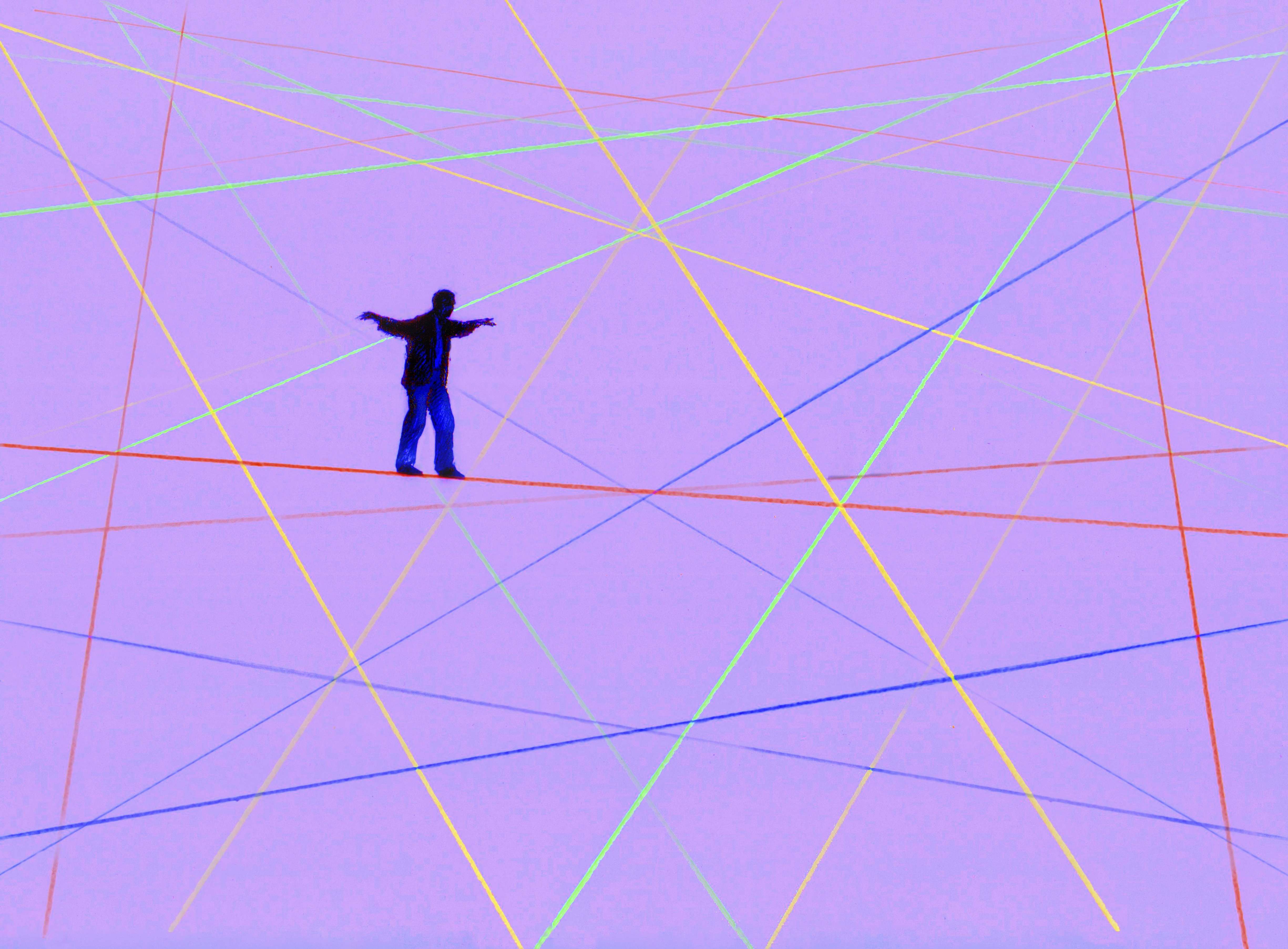

This afternoon at 2 p.m., the coterie that decides American monetary policy will emerge from the bowels of the Federal Reserve to announce if interest rates will go up again. And as Tim Duy laid out in Bloomberg, the tug-of-war in their ranks is about the likelihood of rising inflation: Do they think it's just around the corner, or do they think a potential recession is a bigger worry?
It's a worthwhile question. But there's an even more fundamental one: Namely, how much can the economy heal? And not just from the Great Recession, but from the wage stagnation and job loss that workers have faced for decades?
To work through this, we'll need two different metaphors. The first is one you hear a lot from economists: The economy is like a car engine, and rising inflation is a sign it's overheating. Given the tools the Fed has to work with, it's not very good at hitting the gas until the engine runs hot. But it is very good at hitting the brakes — which intrinsically means slowing down job and wage growth as well.
The Week
Escape your echo chamber. Get the facts behind the news, plus analysis from multiple perspectives.

Sign up for The Week's Free Newsletters
From our morning news briefing to a weekly Good News Newsletter, get the best of The Week delivered directly to your inbox.
From our morning news briefing to a weekly Good News Newsletter, get the best of The Week delivered directly to your inbox.
As Duy lays it out, the inflation hawks at the Fed think temporary changes in the global economy — cheaper imports from abroad and the plunge in the oil price — are hiding upward pressure on prices. They see slight upticks in nominal wages and inflation measurements, which say to them that as soon as temporary changes dissipate, inflation will shoot up. They're telling Fed Chair Janet Yellen to get ahead of the curve, and start applying the brakes now.
The doves, on the other hand, think those changes could be more long-lasting. They point to evidence that markets expect inflation to fall over the next few years, not rise. And of course, there's a thin line between low inflation and actual deflation — when prices fall rather than rise — which means recession. So they think the risks of not giving wage and job growth as much room as possible to recover are worse than the risks of failing to get ahead of inflation. They say step off the brakes.
Now, one thing Fed officials have traditionally relied upon to predict inflation is the Phillips curve. It's a rule of thumb that predicts that as the unemployment rate falls (which it's been doing) inflation will rise. Unemployment, in this understanding, measures the amount of "slack" in the economy — i.e. how much of the economy still hasn't been engaged. The idea is that once the economy is fully engaged, pouring more money into it won't do anything other than generate inflation.
But the Phillips curve hasn't been performing the way it should in recent decades. A big reason why is probably that unemployment isn't the only measure of slack. The unemployment rate is the percentage of the labor force that's working. But if years of lost jobs and stagnant wages have driven people out of the labor force, and if labor force participation isn't just falling because of more retirements or whatever, then there's more slack than unemployment alone will catch. There's also the question of how many people are working, but are working part-time because they want full-time work but couldn't find it.
A free daily email with the biggest news stories of the day – and the best features from TheWeek.com
This gets to the second metaphor. The economy isn't just an engine; it's also an ecosystem. It's made up of families and communities, as well as professional and personal ties. The people in it have to make certain choices when jobs are scarce, but they can make other choices when jobs are plentiful. This ecosystem can also repair itself when damaged. But this can only happen when we pour as much energy into the system as possible — which in the Fed's case means not pushing the brakes. We don't know how far this restoration can go, but the only way to find out is to push the limits and find out.
Even if inflation does start ticking up, how high can it go before it does damage? The hawks want to make sure inflation doesn't rise above the Fed's 2 percent target. But the economy performed just fine with inflation at 4 or 5 percent during the boom of the 1980s, for example. Economists' best modeling says that eliminating the remaining slack in the economy will raise inflation mildly, if at all. So overshooting the 2 percent target for a time seems a mild price to pay for a full-blown economic recovery.
Many of the inflation hawks at the Fed seem to live in a world where it's perpetually 1975, and inflation is on the cusp of rocketing up to 10 percent. But that world is gone. Income growth is neither strong nor widely distributed; unions have completely deteriorated, along with their ability to drive up wages (and thus prices); and rather than coming off a multi-decade stretch of tight labor markets, we haven't seen full employment in decades.
So the Fed should lay off the brakes, but not just because inflation isn't a big risk. It should lay off because we should be so lucky to even have an economy at risk of significant inflation again.
Jeff Spross was the economics and business correspondent at TheWeek.com. He was previously a reporter at ThinkProgress.
-
 Could Trump run for a third term?
Could Trump run for a third term?The Explainer Constitutional amendment limits US presidents to two terms, but Trump diehards claim there is a loophole
-
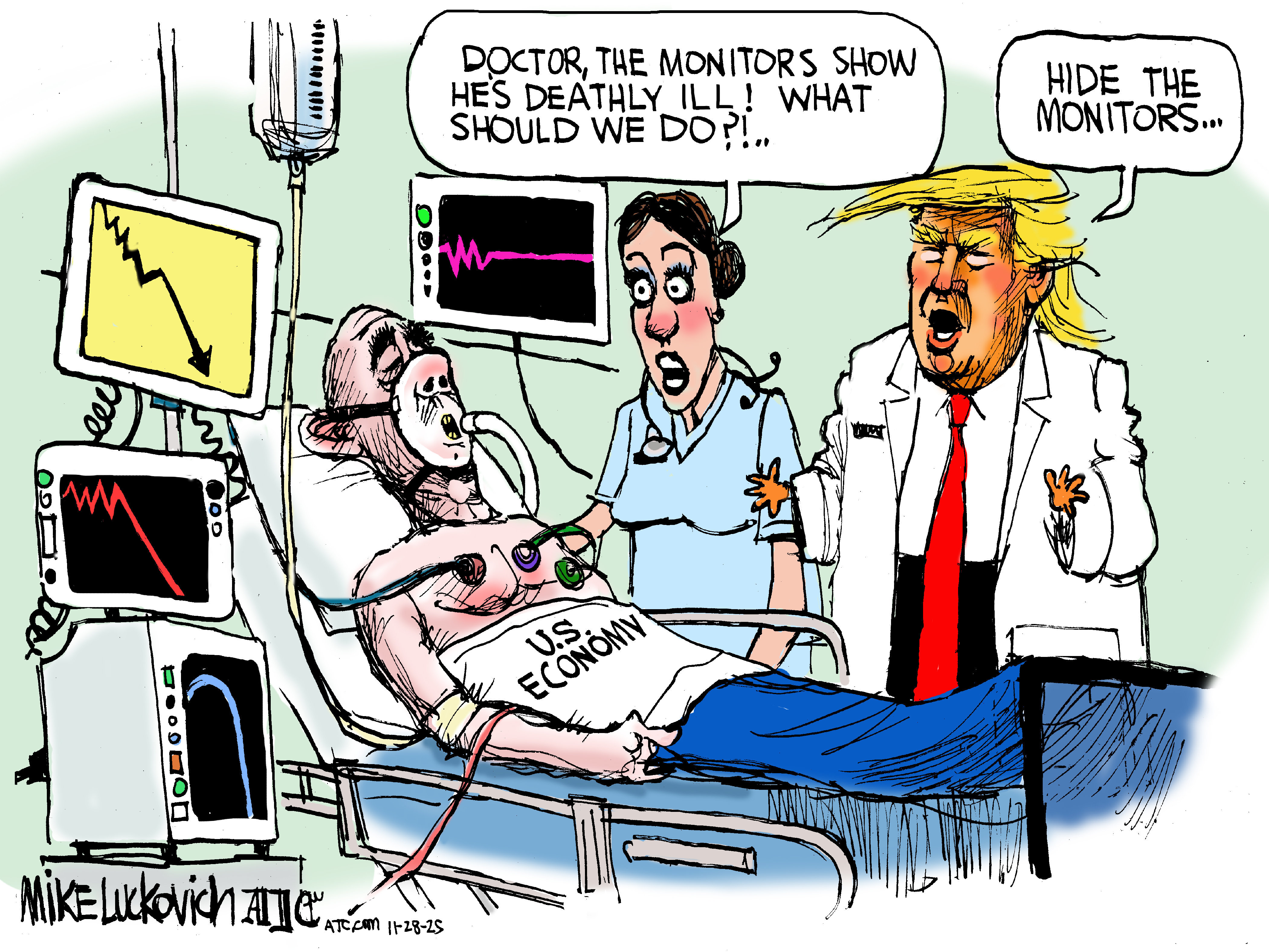 Political cartoons for November 28
Political cartoons for November 28Cartoons Friday's political cartoons include economic diagnosis, climate distractions, and more
-
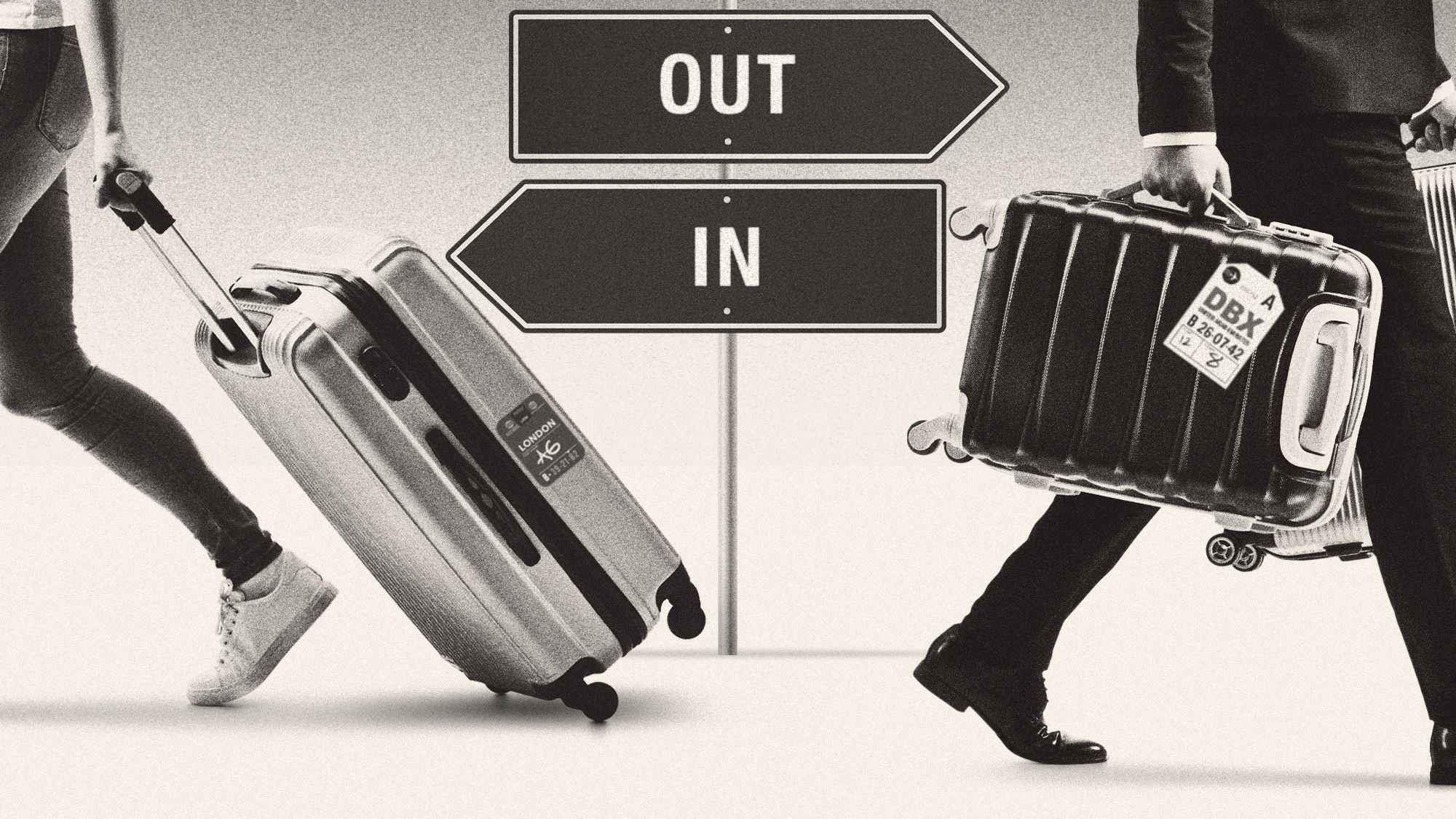 What does the fall in net migration mean for the UK?
What does the fall in net migration mean for the UK?Today’s Big Question With Labour and the Tories trying to ‘claim credit’ for lower figures, the ‘underlying picture is far less clear-cut’
-
 The pros and cons of noncompete agreements
The pros and cons of noncompete agreementsThe Explainer The FTC wants to ban companies from binding their employees with noncompete agreements. Who would this benefit, and who would it hurt?
-
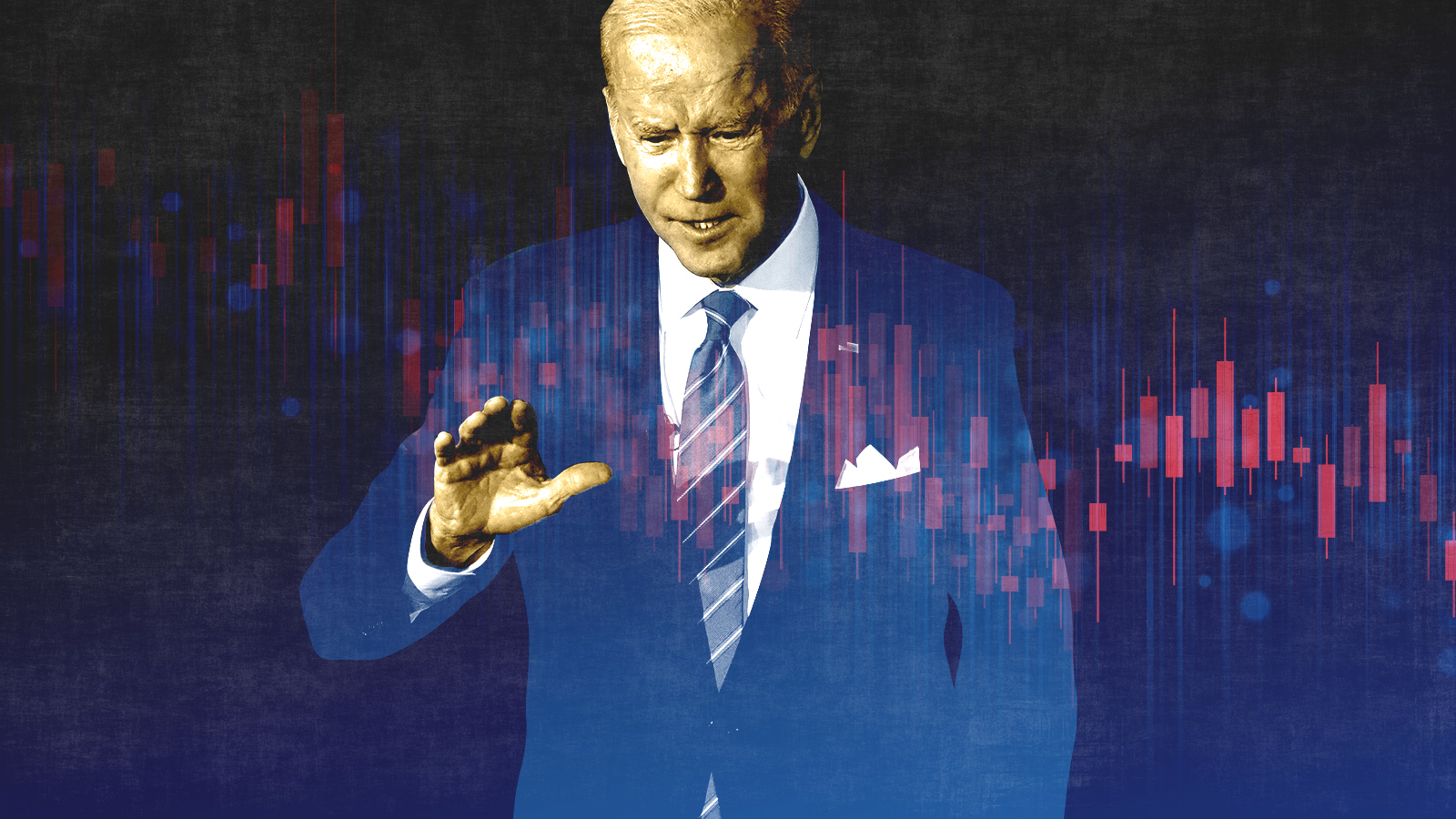 What experts are saying about the economy's surprise contraction
What experts are saying about the economy's surprise contractionThe Explainer The sharpest opinions on the debate from around the web
-
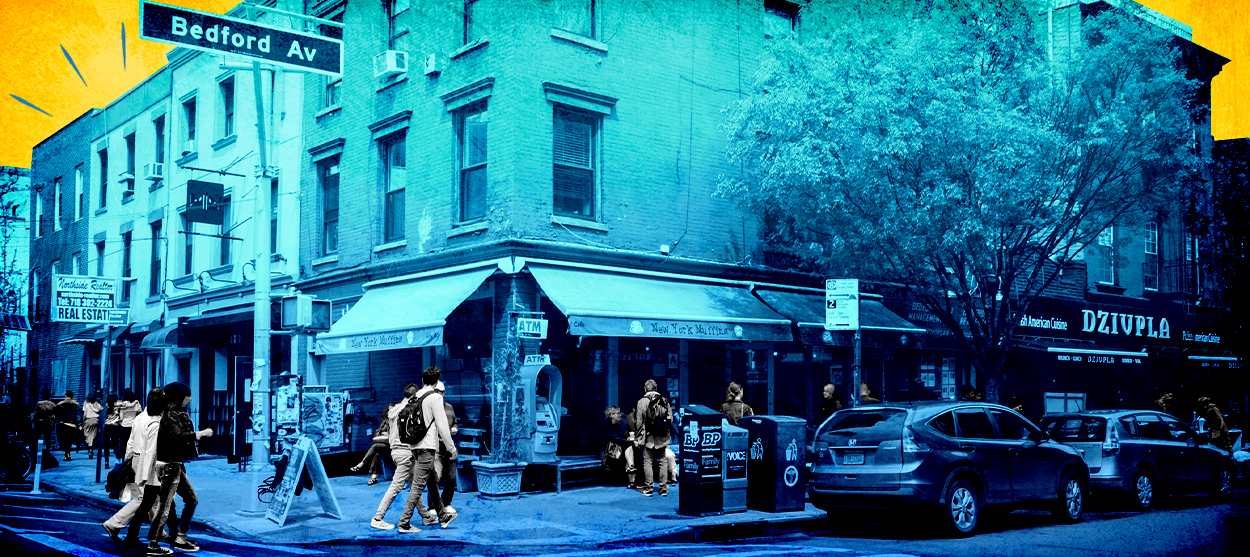 The death of cities was greatly exaggerated
The death of cities was greatly exaggeratedThe Explainer Why the pandemic predictions about urban flight were wrong
-
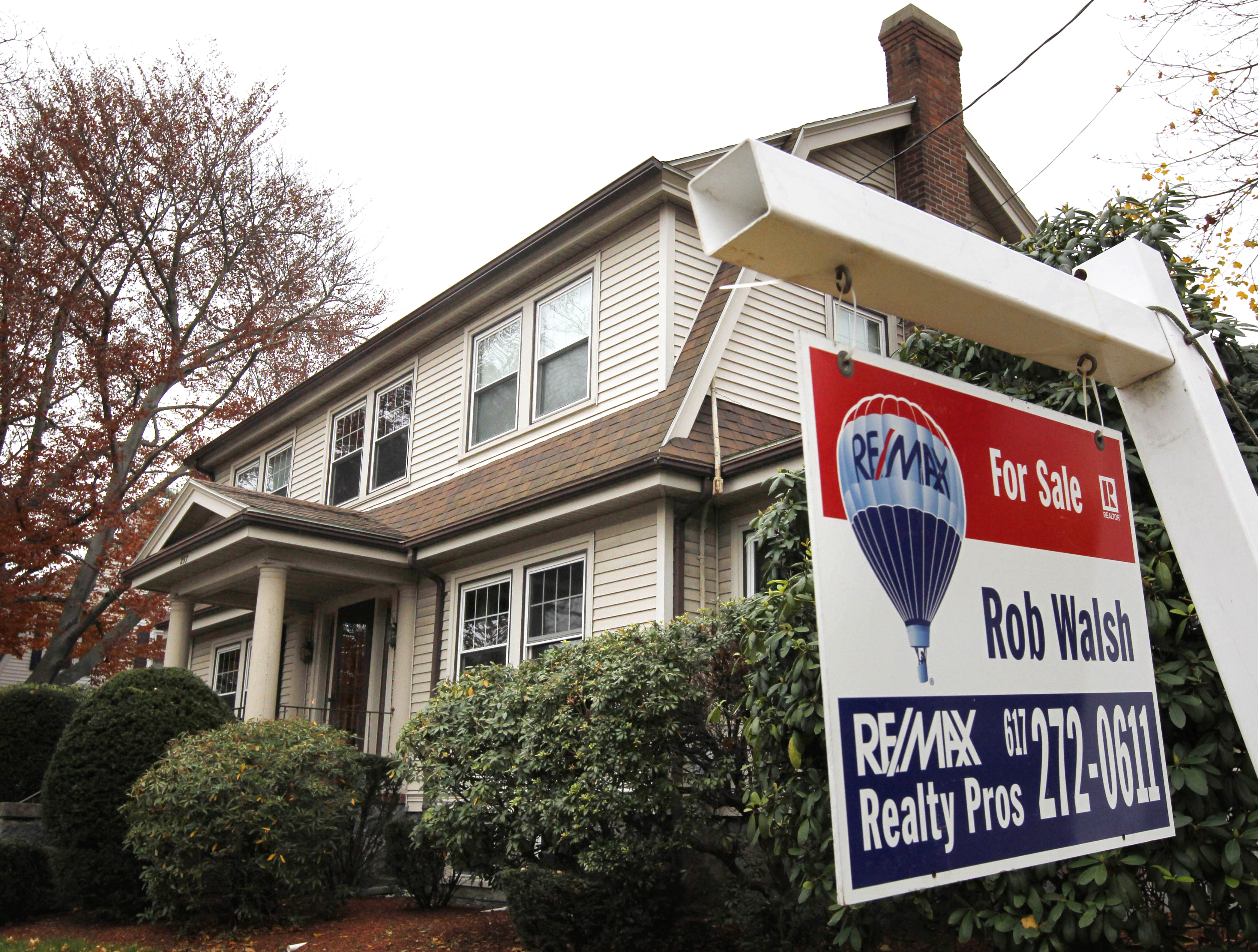 The housing crisis is here
The housing crisis is hereThe Explainer As the pandemic takes its toll, renters face eviction even as buyers are bidding higher
-
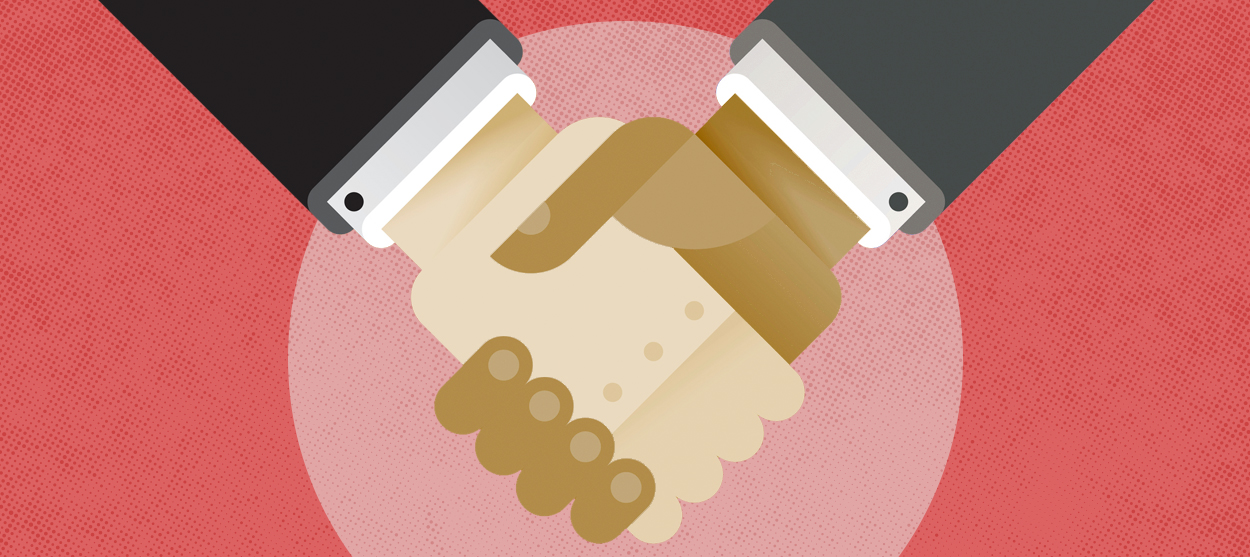 How to be an ally to marginalized coworkers
How to be an ally to marginalized coworkersThe Explainer Show up for your colleagues by showing that you see them and their struggles
-
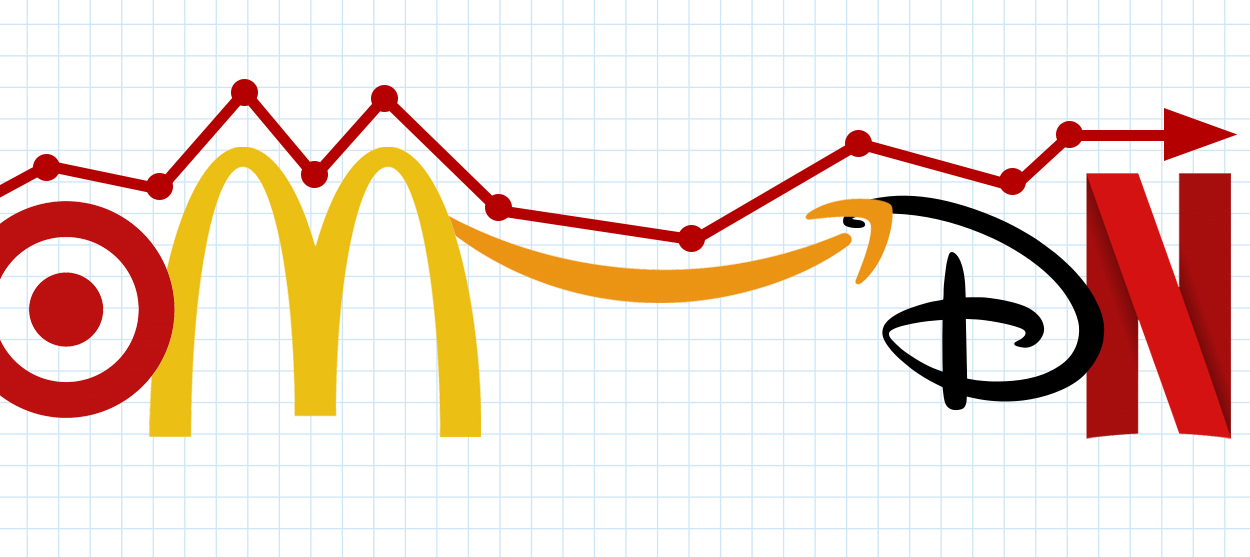 What the stock market knows
What the stock market knowsThe Explainer Publicly traded companies are going to wallop small businesses
-
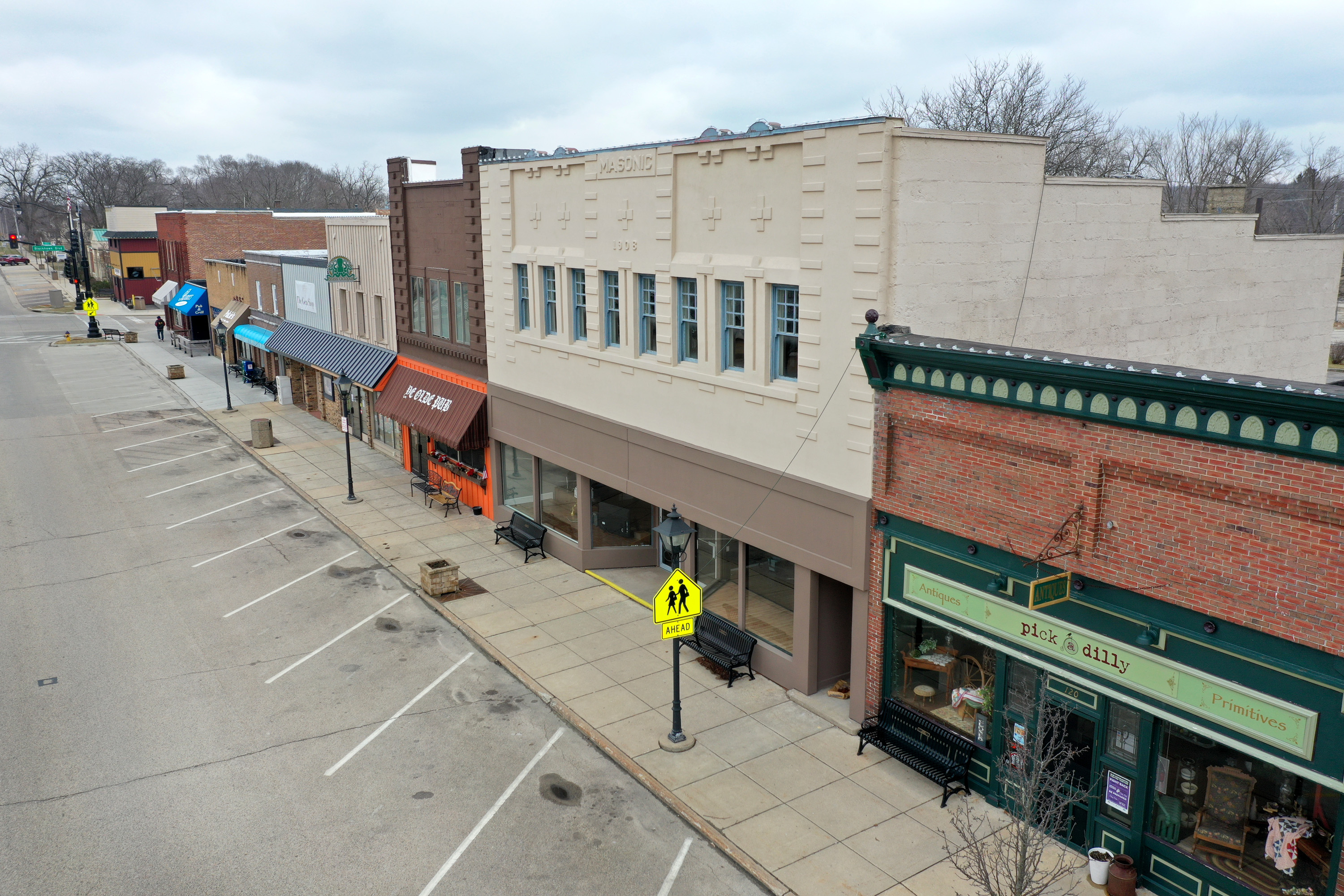 Can the government save small businesses?
Can the government save small businesses?The Explainer Many are fighting for a fair share of the coronavirus rescue package
-
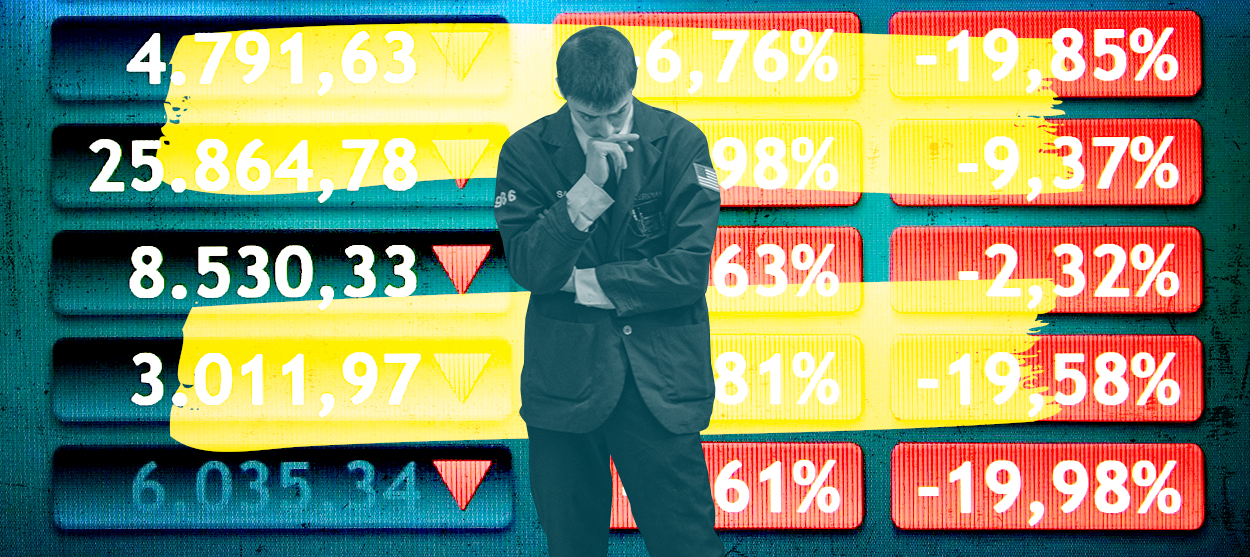 How the oil crash could turn into a much bigger economic shock
How the oil crash could turn into a much bigger economic shockThe Explainer This could be a huge problem for the entire economy
